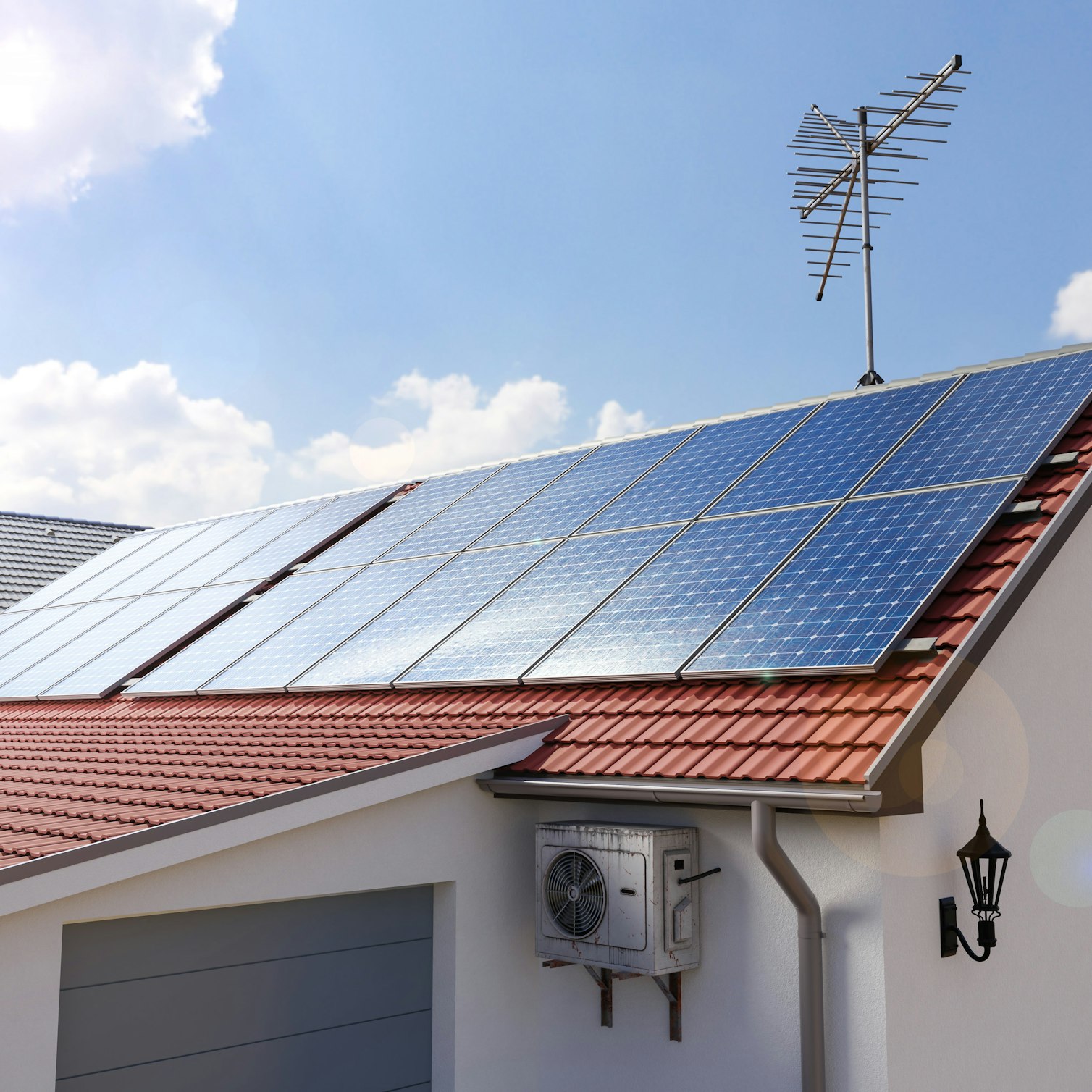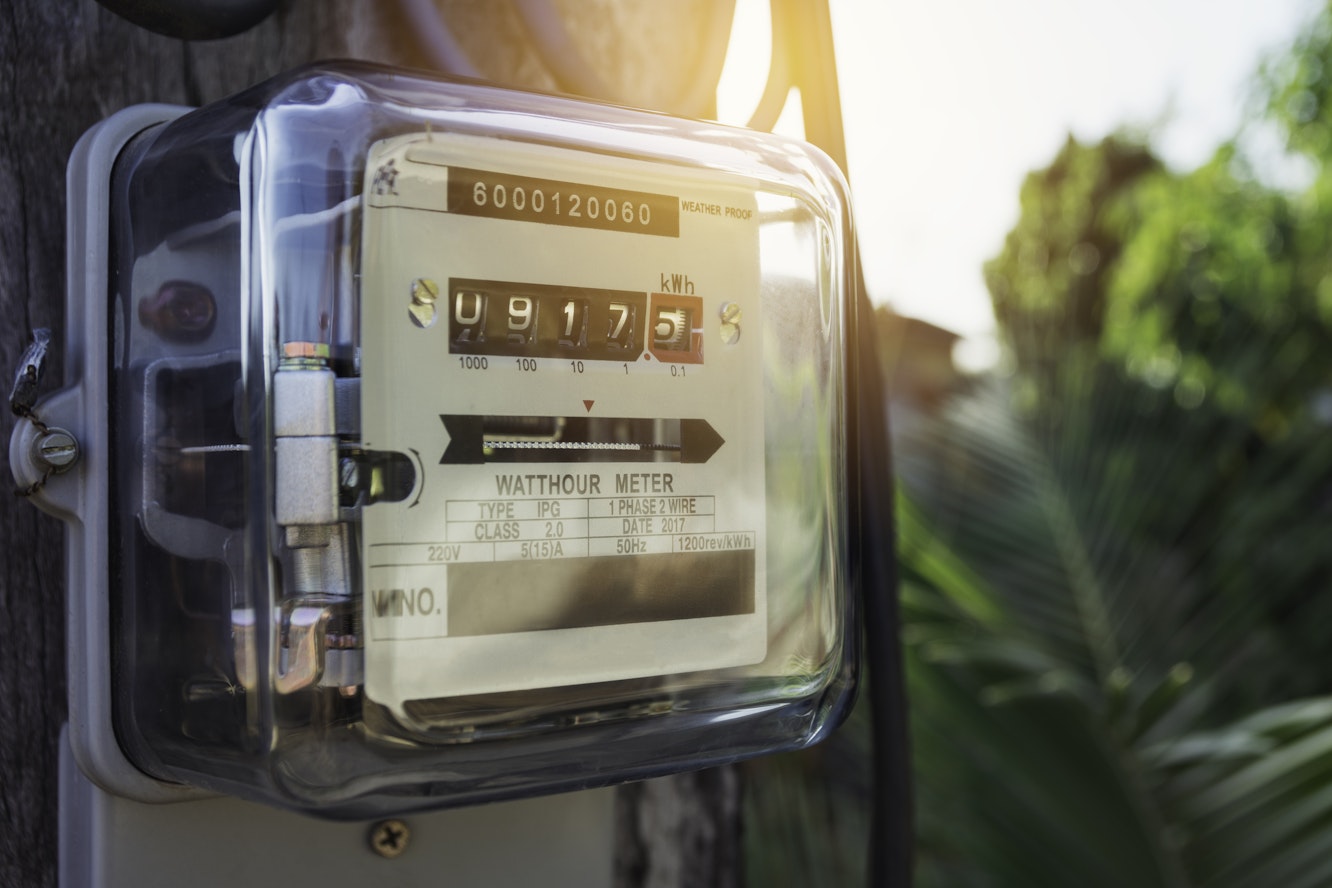- Solar energy blog
- What NEM 3.0 means for utilities and IPPs
What NEM 3.0 means for utilities and IPPs


Gabriel Cañadas

On December 15, 2022, the California Public Utilities Commission (CPUC) approved an update to modernize its net energy metering (NEM) incentives. The update is designed to encourage consumer adoption of solar and battery storage, support the solar and battery industries, support low-income customers, and increase grid reliability.
The adjusted incentive policy will reduce the tariff that customer-generators receive for selling their surplus electricity. So, what does the transition to NEM 3.0 mean for the utilities?

What is NEM 3.0?
NEM is a form of renewable energy incentive that aims to encourage consumer adoption of solar and other forms of low-carbon generation. NEM requires the utilities to allow customer-generators to meet their own energy needs directly through renewable installations and to sell any surplus energy they generate. The payments customers receive offset their utility bills and help them recoup their installation costs.
NEM applies to customers of California’s three largest investor-owned electricity utilities (IOUs): Pacific Gas and Electric Company (PG&E), Southern California Edison Company (SCE), and San Diego Gas & Electric Company (SDG&E).
More than 90% of all customers that have solar capacity interconnected to the grid in the territories of the three utilities are on NEM tariffs.
The third version of the net metering policy is known as NEM 3.0 and will replace the current NEM 2.0 rules from April 15, 2023. The changes will reduce the amount of money that new net metering users can save on their energy bills.
What's new in NEM 3.0?
NEM 3.0 adjusts the tariff payment for power fed into the grid to encourage the integration of battery storage and electric vehicle (EV) charging technologies.
The primary change is that the net metering value of solar electricity has been cut by 75%, from an average of $0.30/kWh to $0.08/kWh.
The lower prices will increase the length of time it takes to earn back the installation cost of a solar generation system and reduce the overall cost savings. The payback period for a solar installation with battery storage will be roughly equal to that of a solar-only system, incentivizing owners to install a battery as a backup power source.
The incentive structure will become more complicated, requiring increasingly complex calculations to ensure that a solar installation will be profitable.

Under NEM 2.0, solar generators earn the full retail rate for selling power to their utility. There are six different rate periods throughout the year. Under NEM 3.0, prices vary for power sent to the grid at different times of the day. There are 576 different price rate periods for different hours, days, and months. These rates will be re-adjusted every two years. The aim is to create a tariff structure that is responsive to market fundamentals. However, return on investment for projects will be more difficult to plan.
The CPUC has developed an average hourly Avoided Cost Calculator (ACC), which it defines as the “marginal costs a utility would avoid in any given hour” if a distributed generator supplied power, rather than the utility. The ACC formula takes into account wholesale energy prices, grid costs, and lower carbon emissions.
Electricity that is sent to the grid during peak hours — when the most solar power is generated — will receive a lower rate than electricity exported during the evening, when power supply is lower while demand is higher. Prices will also be lower than the rate customers pay to receive power from the utility, rather than at the same rate as was the case under NEM 2.0. In addition, customer-generators will pay a monthly fee of $8/kWh of installed solar capacity.
Commercial building owners who install solar energy systems will receive a stable rate for the power they export for nine years, after which rates will be adjusted every two years. This creates uncertainty for long-term planning, so there is a strong incentive to submit project plans before NEM 3.0 comes into effect in April.
Current NEM customers and projects that submit their plans before the cutoff date will continue to receive the NEM 2.0 tariff for 20 years.
The adjustment in rates to favor exporting power at night creates a stronger incentive for projects to include battery storage, as they will be able to export power when demand is highest to receive the higher tariff rates. Projects approved under NEM 2.0 have the option to add battery storage in the future without affecting their rates.
NEM 3.0 also encourages to use more of the power the system generates rather than exporting it to the grid. This will lead buildings to install EV charging stations to use more of the power generated on-site. Again, the variable rates will increase the complexity of calculations to determine project payback periods, however, it will allow them to take advantage of market-based pricing.

What does NEM 3.0 mean for utilities?
NEM 3.0 applies specifically to customers of PG&E, SCE, and SDG&E in California. The utilities had expressed concern that energy costs were shifting from solar generators to non-solar and low-income customers. As a result, the policy includes an additional $630 million in state funding allocated by the legislature to help residential customers with low incomes or living in disadvantaged communities access solar and storage systems.
By providing incentives for customers to install batteries and use more of the power they generate rather than selling it to the utility, NEM 3.0 aims to help utilities balance supply and demand throughout the day.
Revised time of use (ToU) rates will allow utilities to charge solar customers more for the power they use during peak demand hours and receive more power overnight from batteries when solar generation falls. At the same time, they will pay lower rates to solar customers for the power they export.
To learn more about how changing government policies are affecting solar economics, check out RatedPower’s resources for utility companies.
Latest stories
Related posts
Technology and engineering
Innovation in renewable energy: Developments expected in 2025
We look at the 10 biggest renewable industry developments that are making a green future possible, including perovskite solar cells, green hydrogen, and more.
Updated 18 MAR, 25

Market analysis
Breaking down solar farm costs: Free template inside
Updated 27 SEP, 21

Market analysis
Solar energy in Australia: a 2021 market analysis
Updated 11 MAY, 21

- RatedPower
- Solar energy blog
- What NEM 3.0 means for utilities and IPPs

